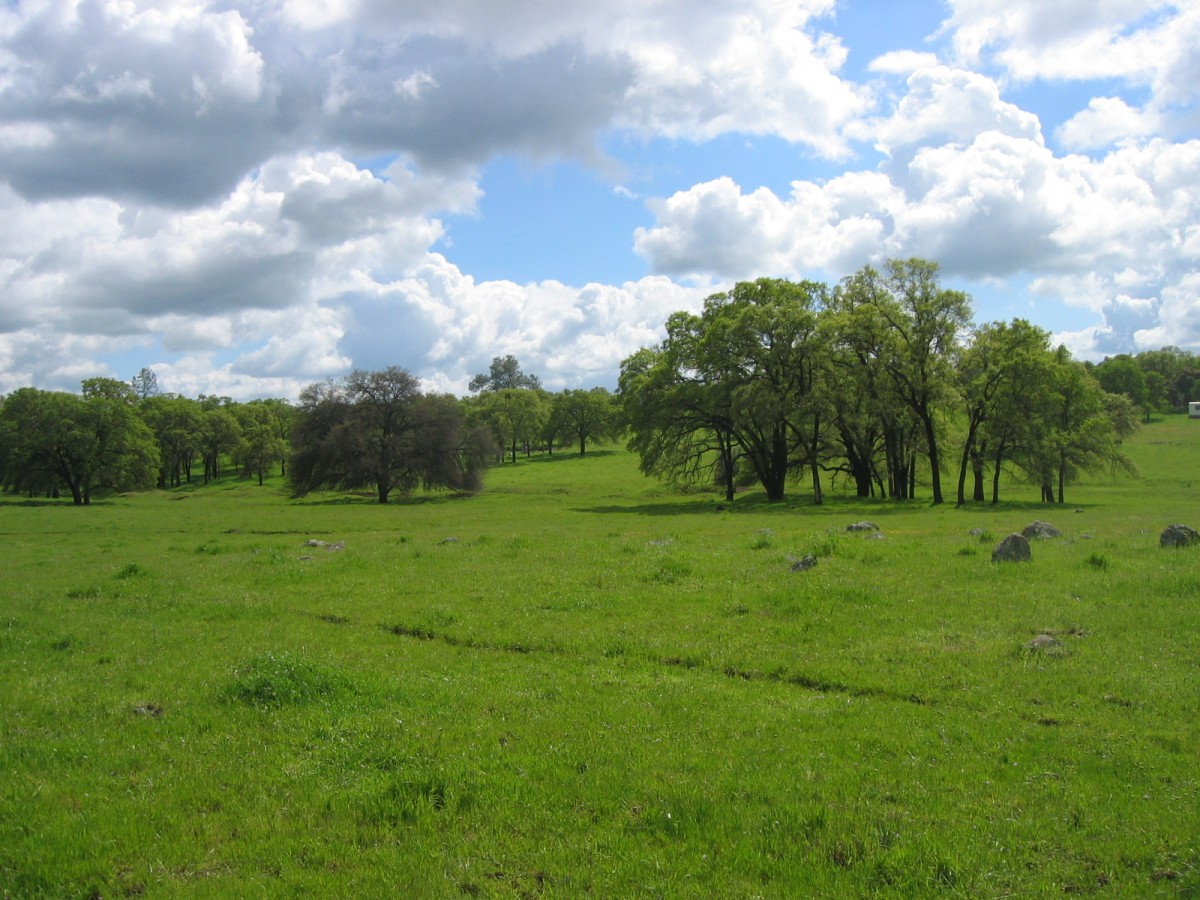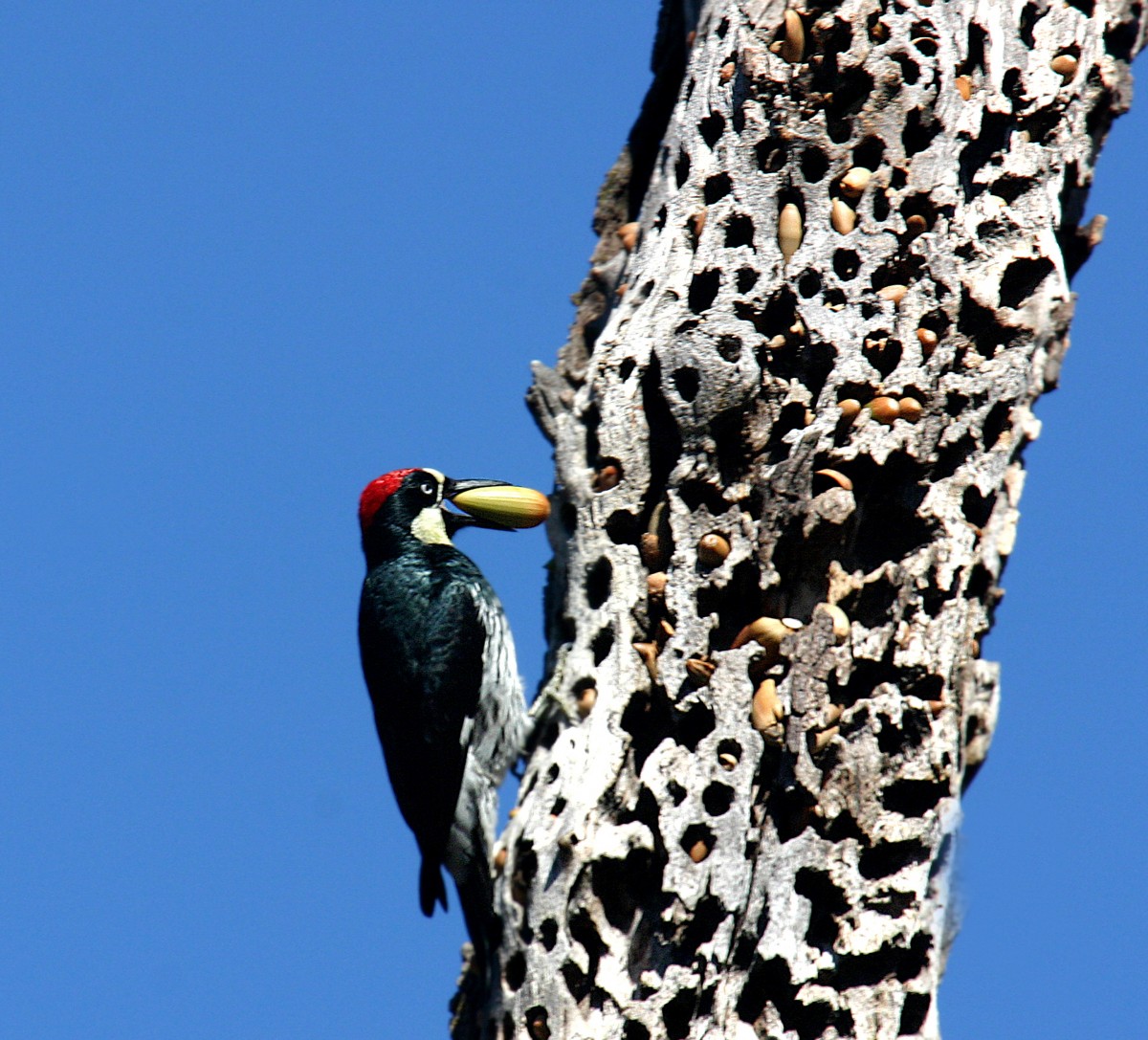Scattered across our foothill region is an often overlooked critical wildlife ecosystem. Of the 632 terrestrial animals native to California, nearly half of them use oak woodlands for food, cover or breeding. Birds, mammals, amphibians and reptiles all rely upon this critical habitat. Oak woodlands spread throughout the lower elevations of Tuolumne and Calaveras Counties, and are at increasing risk due to sprawling development. Over 80% of all oak woodland habitat in the Sierra Nevada foothills lies on private property, which can lead to habitat fragmentation when large parcels are developed intensively.

CSERC strives to minimize the loss of oak woodland habitat and maintain wildlife corridors through the county development planning process. Each year, our staff submits comments in response to dozens of development projects. CSERC tries to modify development projects for the maximum retention of old growth oaks and wildlife corridors. We routinely attend planning commission and board of supervisors meetings to represent the environmental perspective and advocate for open space. Your donations support our staff in this important work to provide a voice for the environment.

Recently, CSERC staff supported the Airola ranching family in their efforts to rescind a massive development project affecting their property in Copperopolis, and to designate the land as an agricultural preserve. This move also blocked access for another potential sprawling development project to the south, effectively protecting vast oak woodland habitat. CSERC stays up to date on all county development projects that could affect this critical ecosystem.
If you would like to get out and experience the abundance of wildlife in our oak woodlands this time of year, we recommend visiting the Heron Point trail at New Melones Reservoir or the Dragoon Gulch trail in Sonora. Keep an eye out for birds, deer, foxes and more.

